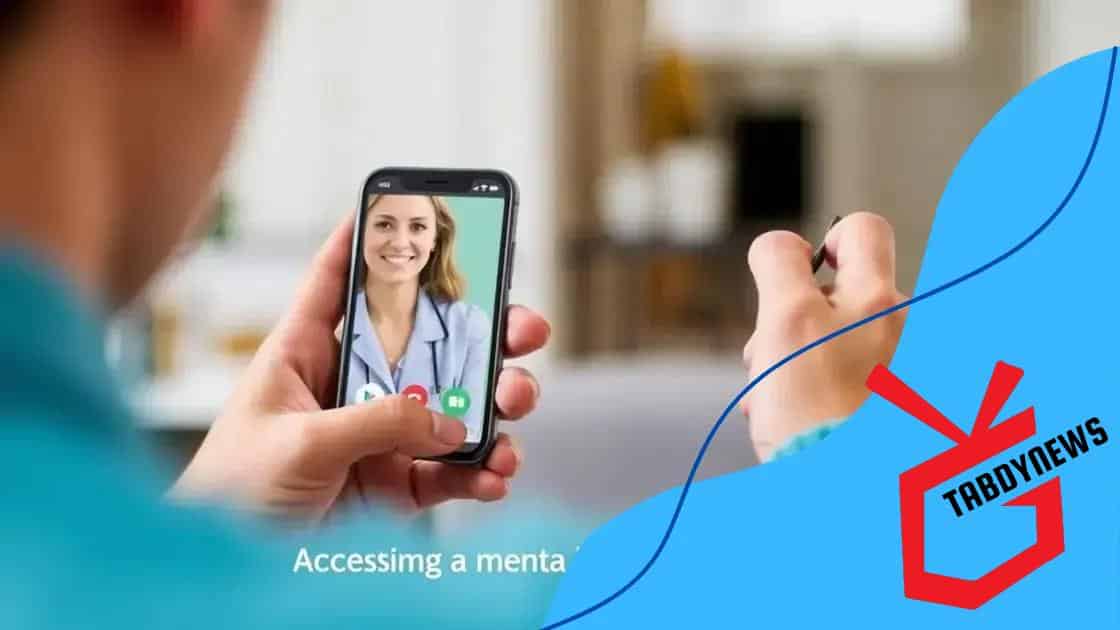Improving mental health service access for everyone

Improving mental health service access involves addressing barriers like stigma and cost, utilizing technology for telehealth services, and fostering community partnerships to enhance outreach and support.
Improving mental health service access is a pressing concern that affects countless individuals. Have you ever thought about how hard it can be for someone to seek help? In this article, we will delve into the challenges faced and explore potential solutions to enhance accessibility.
barriers to accessing mental health services
Accessing mental health services can be challenging for many individuals. The barriers often include stigma, cost, and a lack of awareness. These hurdles can prevent people from seeking the help they need.
Understanding the Main Barriers
Stigma surrounding mental health can make individuals resistant to seeking help. Many fear being judged or misunderstood by others. This stigma often leads to isolation, making it even harder to reach out for support.
The Cost Factor
Another significant barrier is the cost of mental health services. Many people do not have insurance that covers therapy or counseling sessions. Even with coverage, high co-pays can deter individuals from seeking the help they need. This financial strain can leave those struggling feeling hopeless and unsupported.
Lack of Availability
Availability of services also poses a challenge. In some communities, there are not enough mental health professionals. This scarcity can lead to long wait times for appointments, which is discouraging for those in crisis.
- Limited service hours make it difficult for working individuals
- Geographic barriers may prevent access, especially in rural areas
- Language barriers can hinder communication with mental health providers
Awareness is another essential aspect. Many people are unfamiliar with the types of services available. This lack of information can lead them to feel overwhelmed.Improving mental health service access requires collaboration between communities and providers. Resources should be allocated to educate the public on available mental health services and encourage open discussions about mental health.
importance of community outreach
Community outreach plays a vital role in improving mental health service access. It brings resources directly to those who need them, fostering a supportive environment. By actively engaging with the community, organizations can help reduce the stigma surrounding mental health and promote awareness.
Benefits of Community Outreach
One significant advantage is building trust. When mental health professionals engage with the community, they create a sense of safety and understanding. This connection makes individuals feel more comfortable seeking help.
Education and Awareness
Education is another crucial aspect. Community outreach programs can provide workshops and information sessions to inform people about available mental health services. Understanding these resources can motivate individuals to seek help sooner rather than later.
- Workshops on stress management can benefit various age groups.
- Information booths at local events can reach a broader audience.
- Collaboration with schools can help educate students about mental health.
Moreover, outreach initiatives can target underrepresented populations. By tailoring services to meet specific cultural needs, organizations can ensure that everyone has access to mental health resources.
Partnerships with local businesses and non-profits can amplify these efforts. Together, they can provide a range of services, making mental health support more visible in the community. It’s essential to create a network that encourages open dialogue and reduces barriers to accessing care.
role of technology in improving access

The role of technology in improving mental health service access is increasingly significant. Digital solutions can break down barriers that prevent people from getting the help they need. Through online platforms and mobile apps, mental health resources are now more available than ever.
Telehealth Services
One of the biggest advancements has been the rise of telehealth services. With video calls and online consultations, individuals can receive therapy from the comfort of their homes. This is particularly helpful for those living in remote areas where mental health professionals are scarce.
Mobile Applications
Mobile applications also play an essential role by offering support right at users’ fingertips. These apps can provide tools for mindfulness, mood tracking, and even direct connections to therapists.
- Access to self-help resources promotes immediate relief.
- Many apps include guided meditations and cognitive-behavioral therapy exercises.
- Some platforms allow users to engage in communities for support.
Additionally, technology helps in dispelling stigma. By providing anonymous resources and support groups, people feel safer reaching out. Online forums allow individuals to share experiences without revealing their identities.
Data from technology can help mental health providers understand trends and tailor their services. By analyzing how individuals engage with digital tools, organizations can improve their offerings and make them more relevant to those in need. This data-driven approach ensures that mental health services evolve with the community’s needs.
collaborations for better mental health care
Collaborations for better mental health care are essential in addressing the growing need for accessible services. When various organizations work together, they can provide comprehensive support to individuals seeking help. These collaborations can create a network that enhances the effectiveness of mental health initiatives.
Partnerships Among Organizations
Partnerships between health care providers, community organizations, and educational institutions can create a stronger support system. By sharing resources, these entities can provide a wider range of services that are culturally sensitive and accessible to all.
Community Engagement
Engaging the community is another crucial aspect of these collaborations. When individuals feel involved, they are more likely to seek help. Programs that include community input often reflect the actual needs and preferences of the population they serve.
- Shared training programs can help workers from different sectors understand mental health issues better.
- Co-hosting events can increase awareness and reduce stigma.
- Collaborating on research can lead to improved practices and policies.
Moreover, collaborations can include funding opportunities. When organizations pool their resources, they can create more impactful programs that address specific needs in the community. This collaborative approach ensures that everyone is working toward the same goal: improving mental health outcomes.
In addition, these alliances can facilitate knowledge-sharing. By bringing together experts from various fields, organizations can learn from each other’s experiences and innovate new solutions. This continuous exchange of ideas promotes a more dynamic and effective approach to mental health care.
measuring success in access improvement
Measuring success in access improvement is crucial for ensuring mental health services meet community needs effectively. It helps organizations understand what works and what needs adjusting. By evaluating various metrics, organizations can gauge the effectiveness of their initiatives.
Key Performance Indicators
Organizations should establish clear key performance indicators (KPIs). These metrics provide insight into how well services are being accessed and utilized. Common KPIs include:
- The number of individuals seeking mental health services.
- Drop-out rates from treatment programs.
- Patient satisfaction and feedback scores.
Analyzing these metrics can reveal trends in access and highlight areas that need improvement. For example, a high drop-out rate may suggest unsafe or uncomfortable environments or that services do not meet client needs.
Surveys and Feedback
Surveys and client feedback are also valuable tools. Collecting information directly from clients can help identify barriers they face. This data can inform new strategies to improve access. Anonymous surveys may encourage more honest feedback, providing a clearer picture of the community’s mental health landscape.
Moreover, tracking changes over time shows progress. Organizations can set benchmarks to evaluate improvements in access over months or years, adapting their services based on community response. Regularly reviewing data ensures that services are continuously aligned with the needs of individuals.
Integrating technology can enhance these measuring efforts too. Online feedback forms and analytics can streamline the collection and interpretation of data, making it easier for organizations to stay updated on their progress.
FAQ – Frequently Asked Questions about Improving Mental Health Service Access
What are some common barriers to accessing mental health services?
Common barriers include stigma, cost, and lack of availability of services, which can prevent individuals from seeking help.
How can technology improve access to mental health services?
Technology, such as telehealth and mobile apps, allows people to connect with mental health professionals easily and provides tools for immediate support.
Why is community outreach important for mental health care?
Community outreach helps reduce stigma, educates the public about available services, and encourages individuals to seek the help they need.
How can organizations measure the success of their access improvement efforts?
Organizations can track metrics like the number of individuals served, client feedback, and service utilization rates to assess the effectiveness of their initiatives.





